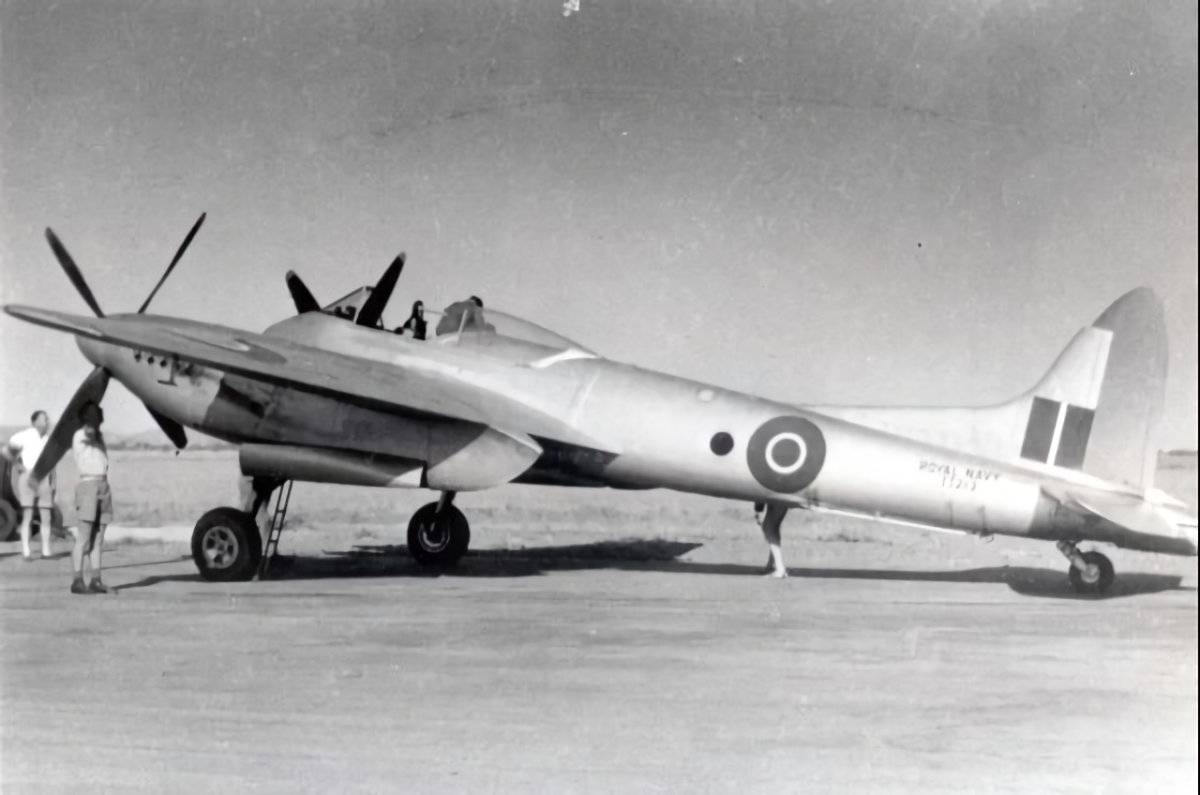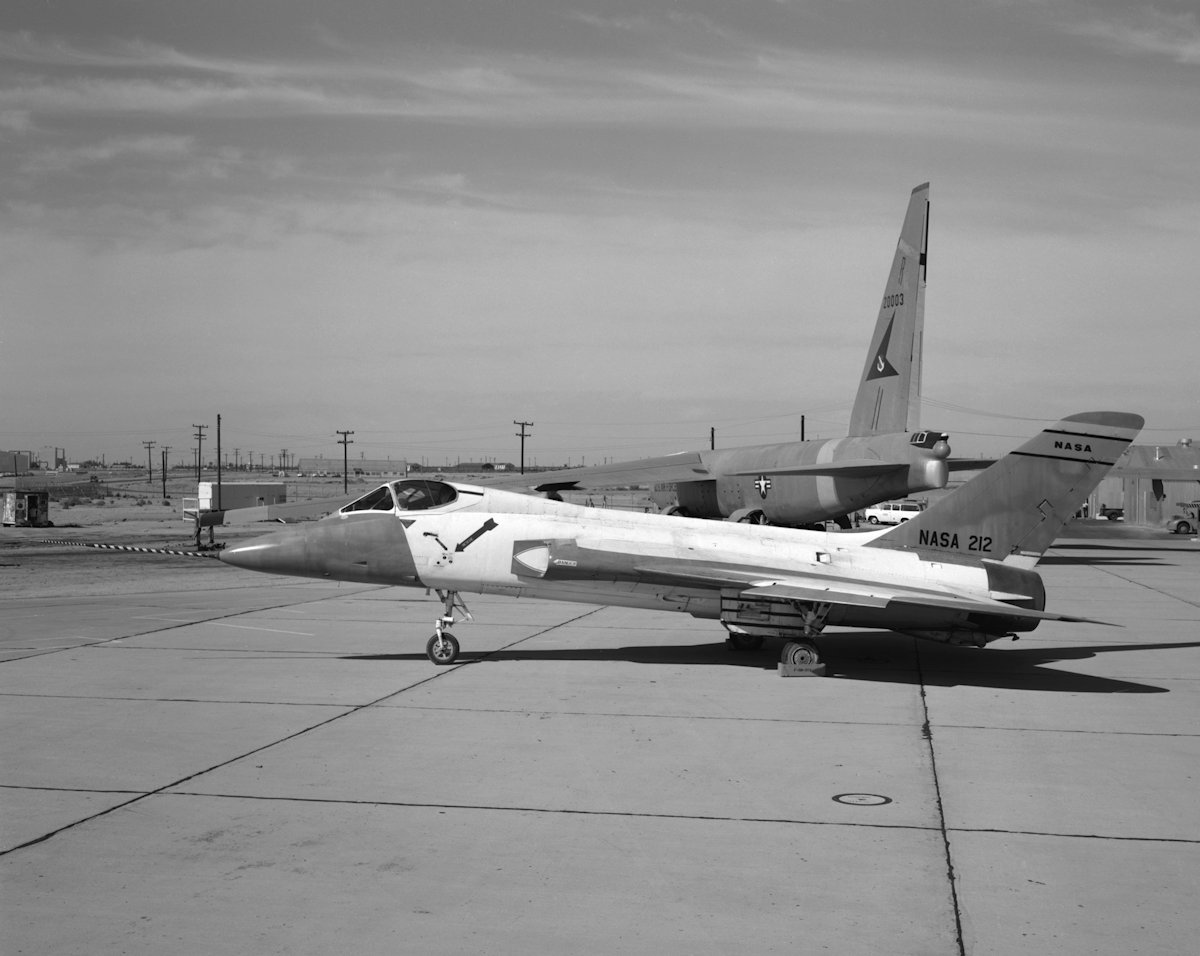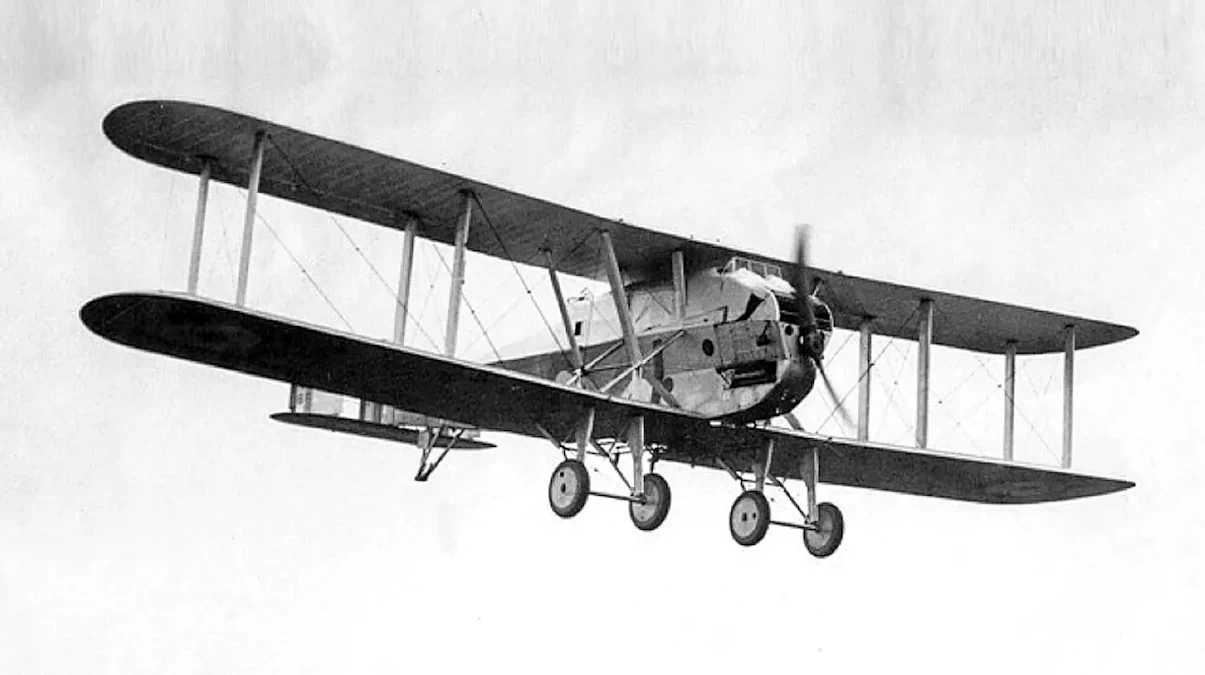Tag: Aircraft
-
de Havilland Sea Hornet in Australian Service

de Havilland Sea Hornet in Australian Service In 1948 a de Havilland Sea Hornet F.20 TT213 was delivered to Australia for tropical trials. Received by No. 1 Aircraft Depot on 8 June 1948 it was given the Royal Australian Air Force registration A83-1, although this was never applied to the airframe. On 10 September 1948… Read more
-
Douglas F5D Skylancer

Douglas F5D Skylancer Developed as an all-weather version of the Douglas F4D, the F5D Skylancer first flew on 21 April 1956. It used a more powerful engine (Pratt & Whitney J57 – the first 45kN thrust class turbojet engine). Compare to the F4d, the wing was thinner, but more reinforced, the fuselage was area-ruled, reducing… Read more
